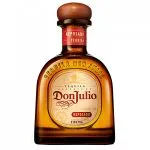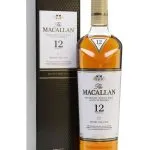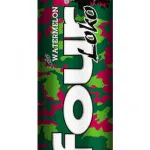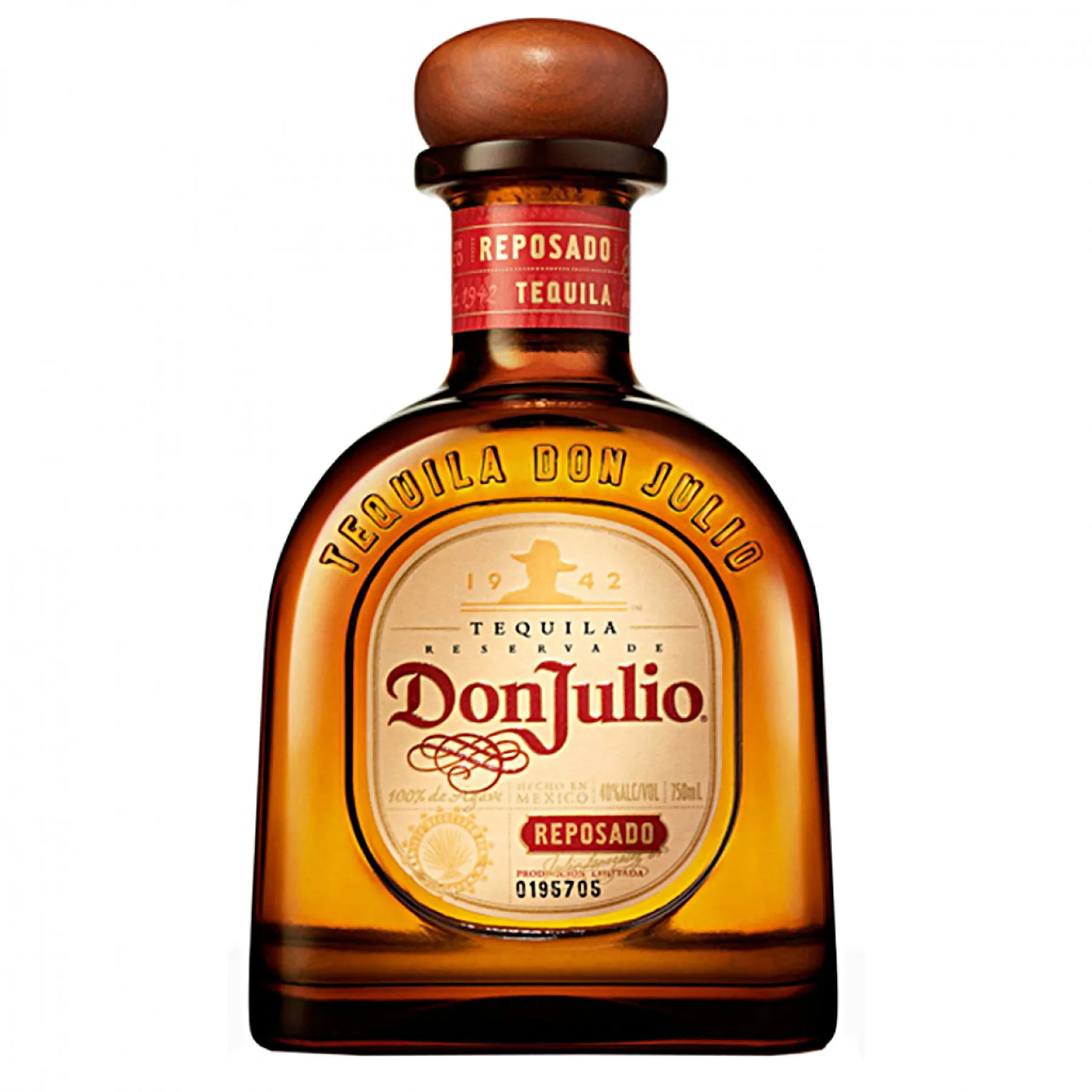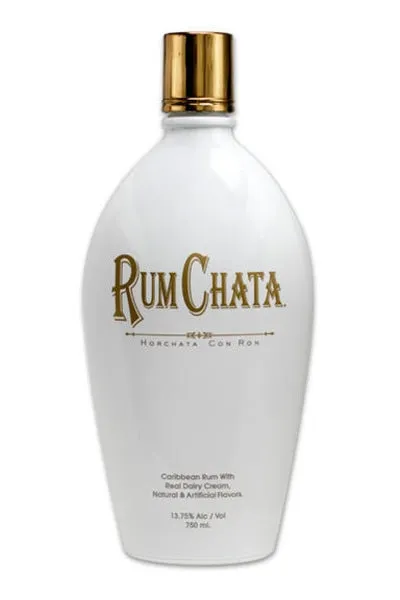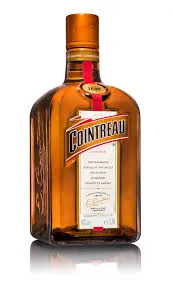Whiskey (or Whisky) is among the most popular spirits on earth. Distilled from grains such as corn, rye, barley, or wheat, it can be made anywhere, though certain regional styles are protected by law. Whiskey is usually barrel aged after distillation for a relatively long period of time. It is commonly used in cocktails, as well as enjoyed neat or with ice, and has deep roots in western nations, especially Ireland, Scotland, and the USA. More recently, its popularity in Asia and the rest of the world has led to the creation of new brands and styles.
How Much Should You Spend on Whiskey?
As much as you feel comfortable. There is quality available at every price point in this category if you know which brands to look for. As with most spirits, there are bottles that are affordable and good quality to mix with, as well as options priced to sip neat. As a beginner whiskey drinker, there are a number of bottles priced under $50 that represent a great entry point for different styles. If you want to venture more into the collecting and spectating side of things, whiskey has a massive aftermarket as well. Just be warned, reselling whiskey at higher prices on the secondary market, or stashing it away for years only to sell it later, can often be frowned upon by many. The product was made to be drunk and enjoyed, and it can be seen as insulting or rude to simply buy up bottles to profit on someone else’s hard work.
Whiskey Brands’ Prices
| Price Rank | Brand | Bottle Size | Prices |
|---|---|---|---|
| 1 | Pappy Van Winkle | 750ml | $799.99 - $8950 |
| 2 | Blanton's | 750ml | $139.99 - $309.99 |
| 3 | Macallan | 750ml | $57.99 - $6999.99 |
| 4 | Glenlivet | 750ml | $30.99 - $599.99 |
| 5 | Woodford Reserve | 750ml | $28.99 - $349.99 |
| 6 | Knob Creek | 750ml | $26.99 - $149.99 |
| 7 | Chivas Regal | 750ml | $24.99 - $444.49 |
| 8 | Maker's Mark | 750ml | $22.99 - $89.99 |
| 9 | Jameson | 750ml | $21.99 - $199.99 |
| 10 | Bulleit Bourbon | 750ml | $21.99 - $69.99 |
| 11 | Crown Royal | 750ml | $21.99 - $299.99 |
| 12 | Johnnie Walker | 750ml | $19.99 - $269.49 |
| 13 | Buffalo Trace | 750ml | $17.99 - $34.99 |
| 14 | Dewar's | 750ml | $17.99 - $82.99 |
| 15 | Jack Daniel's | 750ml | $16.99 - $59.99 |
| 16 | Jim Beam | 750ml | $12.99 - $43.99 |
| 17 | Evan Williams | 750ml | $11.99 - $32.99 |
| 18 | Fireball | 750ml | $11.99 - $19.99 |
Factors that Affect Whiskey Prices
Due to the lengthy aging process, the price of whiskey is especially subject to supply and demand. While demand for a certain brand or even a style could spike rapidly based on press, awards, or product placement, the actual whiskey sold that year was likely produced and bottled years earlier. This means whiskey producers need to predict the future demand for their product, sometimes as far as a decade or more in advance. When a brand wins a big award or is highlighted in a magazine or television show, it can lead to demand that outstrips the estimates and cause price increases. This happened to Yamazaki and Japanese whisky in 2013, as the brand won a major award for best whisky and saw demand skyrocket, bringing the price upwards and leaving the distillery without enough whisky to satisfy demand.
Another thing that can impact the price is speculation. Many people buy up the supply of retail-available whiskey to sit on it and resell it later. This causes scarcity and price increases. Because of this practice, many brands and distributors sell certain bottles in allotted amounts, meaning your local store may only get access to one or two bottles. This also drives up prices, as many store owners will then charge significantly above the suggested retail price.
Is it Whiskey or Whisky?
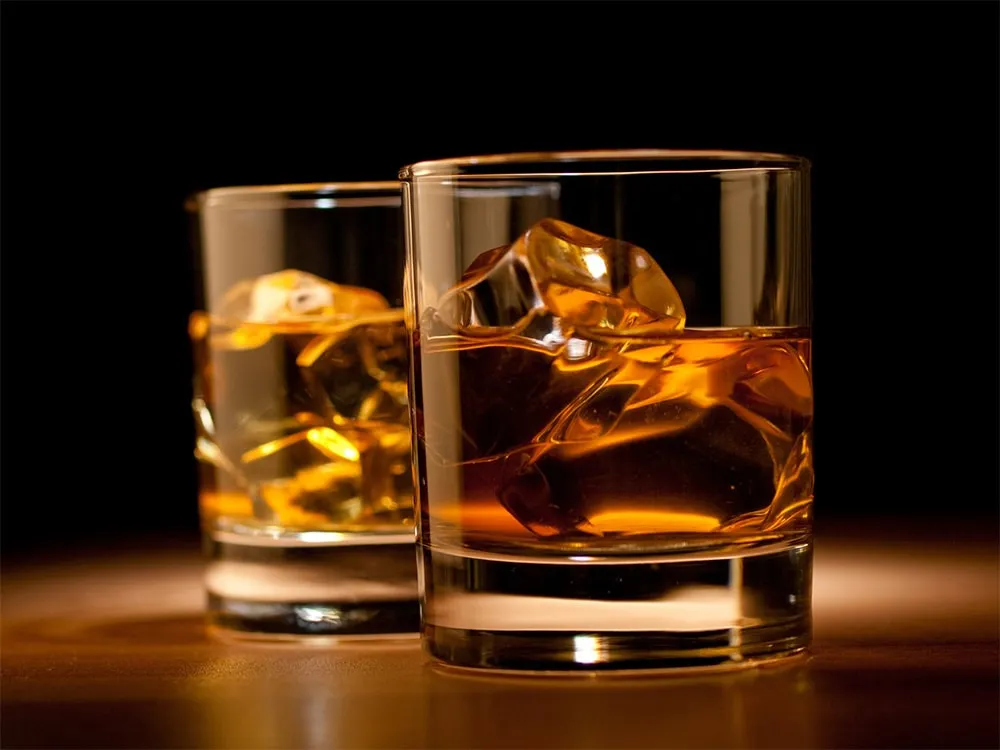
Whiskey with an “e” is usually used in reference to Irish or American-made spirits, while Whisky without an “e” is usually used to describe spirits made in Scotland, Canada, Japan, and other parts of the world. The origin lies in different regional spellings between Ireland and Scotland, and in the 1960’s the spelling “Whiskey” became common in the USA due to newspaper spelling guidelines, while previously the spelling had been mixed. Today, most American-made products use the “Whiskey” spelling, but a few still use the “Whisky” spelling.
How are Whiskeys Produced?
Whiskey is made from fermented grains and then distilled into a spirit and aged. The type of grains, type of still, and aging process create a wide variety in flavor and set apart the many different styles of whiskey. Although the different styles use slightly different methods, they all follow some basic steps.
Fermentation: Grains such as corn, rye, barley, wheat, or even sorghum are mixed with water in what is called a “mash”. During this stage, enzymes break down the starch in the grains, turning them into sugar. Then yeast turns the sugar into alcohol and CO2.
Distillation: The fermented mash is then distilled into spirit, either through a pot or column still. When it comes off the still, whiskey is clear and often quite harsh in flavor. It is often called “white lightning,” “white dog,” or “moonshine.”
Aging: The distilled product is then aged in wood barrels. These barrels are most often oak, and depending on the type of whiskey, may have previously housed other spirits or wines. It is common for ex-bourbon, sherry, or port barrels to be used to age whiskeys.
Due to the long aging process, new whiskey distilleries often purchase whiskey from other older distilleries and then blend it and sell it as their own until their distilled spirits have properly aged.
Different Varieties of Whiskeys
Scotch
Scotch is one of the most famous modern types of Whisky. Scotch or Scotch Whisky must be made in Scotland. That means it is going to be subject to expenses associated with imports to the USA, like the cost of shipping and import tax. Scotland primarily makes two types of whisky: malt and grain. Originally, all Scotch was malt, but in the late 1700’s, grains such as wheat or rye began being used as well. While it is currently Single Malt Scotch which is the most highly regarded and most expensive, traditionally both malt and grain scotch would be blended together in what is today referred to as a “blended scotch”. In order to be called Scotch, the whisky must be made in Scotland from either grain or malted barley and aged for a minimum of three years. Scotch is further broken down into regional styles, of which there are five. Islay is the most significantly different, as the use of peat in the malt creates a noticeably smokey flavor. Scotch is normally distilled twice, and any age statement on the bottle must refer to the youngest whisky in the bottle.
The aging process for Scotch also contributes to the cost, as Single Malt Scotch is often aged longer than other spirits. Scotland’s colder climate means barrel aging can take longer than it does in warmer climates. When your product needs to age for a decade or more, that means you need to be predicting demand that far in advance. Often, a distillery will grow in popularity faster than they anticipated, leading to an increased demand while the modern day supply was determined years prior when the scotch was barrelled.
- Recommended brands: Lagavulin, Springbank
Irish
Once the most popular spirit in the world, Irish whiskey saw a decline that by the 1980’s left only two functioning distilleries on the island. However, since the 90’s, it has come roaring back from the brink, and has been the fastest growing category in spirits. Irish whiskey must be made on the island of Ireland, must be made with malted cereal and grains, and must be aged a minimum of three years in wood. There are three designated types of Irish whiskey: Single Malt, Single Pot Still, and Single Grain. There are also blended Irish whiskeys containing a mixture of the styles.
- Recommended Brands: Teeling, Redbreast
Rye
Whiskey made from mash that is at least 51% rye. While it can be made anywhere, much of it is made in the USA. Historically, both Pennsylvania and Maryland are famous for their own styles of rye, but in modern day, Kentucky and Indiana make a large amount of American rye. Many American brands of rye whiskey simply buy their rye from MGP Distillery in Indiana and then bottle and brand it themselves. For this reason, there are a lot of rye whiskey brands that taste similar to their competition, and you may be able to buy the same product for cheaper under a different brand name.
- Recommended Brands: Old Overholt, Rittenhouse
Canadian
While Canadian whiskey is often referred to as “rye,” the truth is that most contain very small amounts of rye, if any at all. Most Canadian whiskeys are made primarily of corn or other grains.
- Recommended Brands: Canadian Club
Bourbon
Bourbon must be made in the USA from at least 51% corn mash and aged in a new charred oak barrel. It also must contain an age statement if under four years old. Due to the requirement that it be aged in a new barrel, old bourbon barrels are often recycled in the aging of other spirits. While Kentucky makes most of the bourbon in the world, and it is often assumed that bourbon must be from Kentucky, it can actually be made anywhere in the USA.
- Recommended Brands: Elijah Craig, Wild Turkey 101, Angels Envy
Tennessee Whiskey
Tennessee Whiskey is closely related to Bourbon, but with an extra step in production known as the Lincoln County Process. The Lincoln County Process is a filtering of the distilled whiskey through maple charcoal filters prior to barreling, which is said to improve the flavor and quality of the whiskey. As the name implies, Tennessee Whiskey must be made in Tennessee.
- Recommended Brands: George Dickel, Jack Daniels
Japanese
Japanese Whisky is one of the most sought-after and expensive styles in the world currently. It is also one of the most difficult to navigate. Japanese whisky is made in a style derived from Scotch whisky, as the first Japanese whisky distillers learned from the Scots. Due to the high demand for Japanese whisky, the relative lack of knowledge among potential western buyers, and the association of Japanese culture with high quality, there are currently a number of unscrupulous brands using Japanese language and art on their labels while simply selling Canadian whisky which was shipped to Japan and bottled there. There are no strictly enforced rules about whisky production in Japan, with only an agreed upon set of guidelines between some of the distillers to regulate what can and cannot be labeled “Japanese Whisky”. Due to this, there are many products labeled as Japanese whisky which are actually aged Shochu.
- Recommended Brands: Yamazaki, Nikka, Hakushu
International
There are many amazing whiskies being made all over the world. In India, Amrut is the first Indian single malt. In Taiwan, Kavalan has beaten single malt scotch in blind taste tests and won numerous awards. There are whiskies being made in Mexico, Israel, Vietnam, Wales, France, Sweden, Spain, South Africa, and numerous other nations. Due to differences in international law, these products may be labeled differently than you might expect.
- Recommendations: Kavalan, Brenne Estate
How to Drink Whiskey
Traditionally, whiskey was enjoyed neat or with a bit of water. Many aficionados and experts prefer to experience the unadulterated flavors of whiskey in this manner. You can simply pour a few fingers’ worth of whiskey into a rocks glass and then add in as much or as little chilled water as you prefer.
Whiskies also make a great base for cocktails, and after cognac and other brandies became harder to find, whiskey became one of the most popular spirits to mix with. There are many classic cocktails that call for whiskey that you can explore.
Perhaps one of the easiest ways to enjoy whiskey is the highball. Simply pour a few ounces of whiskey into a tall Collins glass with ice and sparkling water. Maybe a small squirt of lemon juice if you like. It’s tall and refreshing, easy to make, and doesn’t hide the wonderful flavors of your whiskey. The Whisky highball is the preferred way to drink whisky in Japan, and many Japanese whiskies have been designed with this drink in mind.
A Brief History
The origins of modern whiskey lie in Europe. Latin-speaking monks were among the first distillers of alcohol for medicinal purposes, and often referred to the distillates as “Aquavitae”, or water of life. Eventually, the art of distillation spread outside the monasteries, and people all over Europe began distilling spirits from what they had locally. In Ireland and Scotland, this was malted barley and grains. They called their spirit “uisge beatha,” gaelic for “water of life,” and it soon spread from there. Immigrants from Ireland and Scotland brought the spirit to the US and Canada. The Gaelic word “uisge” began to be spelled as “whisky” in English, and the spirit continued to spread worldwide.
The Ten Most Popular Cocktails with Whiskey
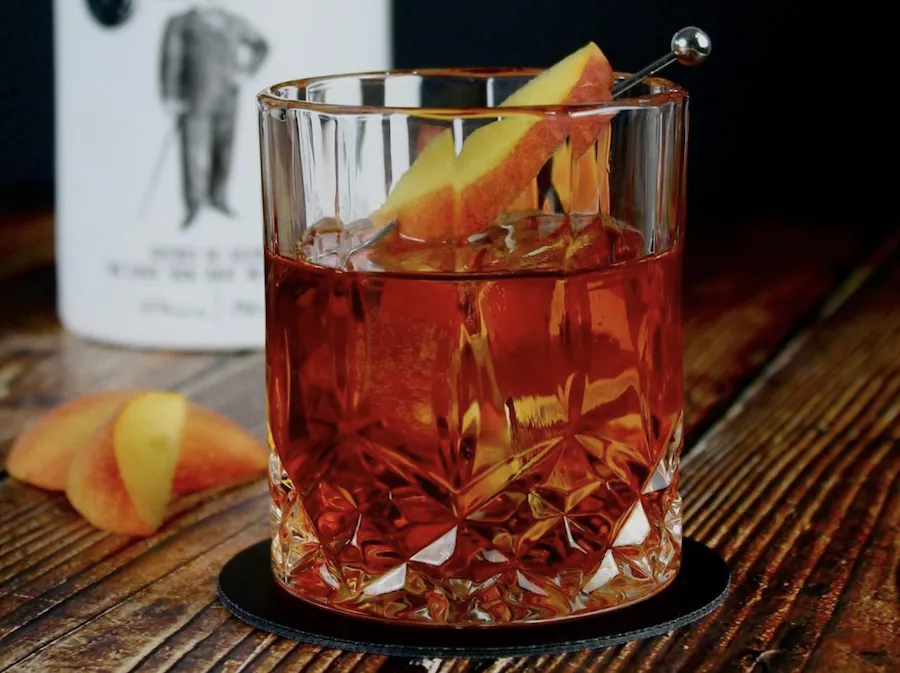
- The Old Fashioned- Rye, Sugar, Bitters. The original cocktail. While in modern times, it can be made with bourbon, the original was a mix of rye whiskey, sugar, bitters, and water.
- The Manhattan- Rye, Sweet Vermouth, Bitters. A timeless classic, originally made with rye.
- Whiskey Sour- Whiskey(Try Bourbon), simple syrup, lemon juice, egg white, bitters. An easy template for a refreshing drink.
- Jack and Coke- Jack Daniels Tennessee Whiskey, Coca-Cola. An American dive bar classic.
- Penicillin- Blended Scotch, Lemon, Honey, Ginger, Peated Scotch. A modern classic.
- Mint Julep- Bourbon, Simple Syrup, Mint. A Southern day drinking classic.
- Boulevardier- Bourbon or rye, Campari, Sweet Vermouth. Whiskey’s answer to the negroni.
- Monte Carlo- Rye, Benedictine, Angostura bitters. A classic riff on an old fashioned.
- Sazerac- Rye, Sugar, Peychaud’s Bitters, Angostura bitters, Absinthe. The New Orleans cocktail. Sazerac Sundays!
- Hot Toddy- Whiskey, Sugar, Lemon, Bitters, Hot Tea. Yes, the original is with hot water, but you start a soup with stock, not water. Do the same here and try your favorite tea instead of plain hot water.
Introduction to Whisky Brands
Whisky enthusiasts often seek a rich tapestry of flavours and experiences, and brands globally cater to this diverse palate. The appreciation for whisky has given rise to a plethora of brands, each with its own heritage and signature taste. In the pantheon of spirits, whiskies such as American whiskey, rye, scotch, bourbon, single malt, and Irish whiskey each tell a unique story through their production processes and regional characteristics.
American whiskey, often distinctive due to its sweeter profile and smooth finish, is synonymous with labels like Jack Daniels and Jim Beam. These brands have become household names and are instrumental in showcasing the variety within American whiskey, which includes bourbon with its deep vanilla and caramel notes, and rye, known for its spicier and fruitier undertones.
Scotch, hailing from Scotland, prides itself on its geographic diversity, with single malts and blended whiskies that offer a spectrum of flavours from the peaty and smoky to the light and floral. Scotch whisky is aged in oak barrels for a minimum of three years, granting it a complexity that is revered worldwide.
Across the water, Irish whiskey is celebrated for its approachable smoothness and triple distillation process, characteristics embodied by brands like Jameson, which has helped place Irish whiskey firmly on the global stage.
These price indicators serve as a general guide to what one might expect to pay for a standard bottle; specific prices vary by region and retailer.
Comprehensive Price Guide
This section provides a detailed overview of pricing across diverse whiskey categories, ensuring readers can compare the cost of popular brands such as Jack Daniels, Jim Beam, and Buffalo Trace.
American Whiskey Pricing
American Whiskey encompasses a variety of styles including bourbon and rye. Popular brands like Jack Daniels typically range in price from £25 to £40 for their classic offerings, while higher-end or limited editions may cost more. Jim Beam, known for its affordability and wide availability, often sits between £15 and £30.
Scotch Whisky Pricing
Scotch, hailing from Scotland, is renowned for its rich flavours and traditional distillation methods. Entry-level brands might start near £20, but prices quickly escalate for aged expressions and single malts, with premium brands like Macallan commanding anywhere from £50 to several hundreds of pounds.
Irish Whiskey Pricing
Irish Whiskey is known for its smoothness and triple-distillation process. The ever-popular Jameson remains accessible at prices around £20 to £30 for their standard bottles. Prices can rise significantly for older vintages and special releases.
Bourbon Whiskey Pricing
Bourbon, a strictly American product, has seen a surge in popularity. Buffalo Trace, considered a staple for its quality and price point, is often found between £25 and £50. Prices climb higher for their antique collection and other special releases.
Rye Whiskey Pricing
Rye Whiskey, loved for its spicier profile, can vary in price. Affordable and popular options like Bulleit and Rittenhouse can be found from £25 to £40, reflecting both quality and craft in production.
Age and Maturation Process
Whisky ageing is a critical phase, impacting flavour and value significantly, whereas the type of barrel is pivotal in determining the whisky’s character during this process.
Understanding Whisky Ageing
When whisky is distilled, it is clear in colour and bears only a mild flavour profile. The age of whisky refers to the time it spends maturing in barrels after distillation and before bottling. The ageing process is used to enhance whisky’s complexity, colour, and taste. Legally, for a spirit to be labelled as “whisky” in many countries, it must be aged for a minimum period, typically at least three years. During maturation, the spirit interacts with the wood, leading to chemical reactions that develop its distinct flavours and aromas.
Influence of Barrel Types on Whisky Age
Barrel types contribute uniquely to the maturation of whisky. The majority of Scotch whiskies are aged in oak barrels, which may have been previously used to mature bourbon or sherry, contributing to the final taste profile. The size, previous contents, and construction of a barrel all influence the rate and complexity of the ageing process. For instance, single barrel whiskies denote bottling from an individual cask, providing unique characteristics influenced by that single environment. In contrast, whiskies aged in larger or previously used barrels may mature differently, often resulting in subtler flavours.
Analysis of Whiskey Proof and ABV
In evaluating whiskey brands, proof and alcohol by volume (ABV) are critical metrics that influence flavour profiles and consumer preferences. This section explores the variance and implications of these measures.
Proof Variations Across Brands
Whiskey proof can range significantly across brands, indicating the alcohol content in the beverage. It’s established by doubling the ABV value in the United States, meaning a whiskey with 50% ABV will be 100 proof. This measurement reflects not only the potency but also potential for a deeper or more intense flavour spectrum.
| Brand | ABV (%) | Proof |
|---|---|---|
| Maker’s Mark | 45 | 90 |
| Bulleit | 45 | 90 |
| Buffalo Trace | 45 | 90 |
| Jack Daniels | 40-50 | 80-100 |
| Jim Beam | 40 | 80 |
Different brands opt for varying levels of strength, with some like Jack Daniels offering a spectrum from standard 80 proof to stronger 100 proof expressions, aiming to cater to a wide audience.
ABV Levels and Their Impact on Flavour
The ABV level of whiskey affects its flavour profile, with higher ABV often equating to more robust and complex flavours. Whiskeys can range from the typical 40% ABV up to cask strength expressions that might exceed 60% ABV. Distillers must balance ABV to ensure the preservation of delicate flavours while allowing the character of the whiskey to shine through.
- 40-43% ABV: Standard strength, smoother profile, more accessible
- 46-50% ABV: Enhanced flavours, fuller body
- Above 50% ABV: Intense, bold flavours, often diluted by connoisseurs
The interplay between ABV and proof is essential in defining the sensory experience of whiskey tasting. A whiskey with a higher ABV, for example, might present complex flavour notes such as dark fruits, spices, and oak that are less perceivable in lower-strength varieties.
Whisky Classifications and Styles
In the multifaceted world of whisky, grain types and production styles play crucial roles in shaping the final character of each bottle. Recognising the distinctions between grain compositions and specific styles such as Straight Bourbon and Rye Whiskey is essential for enthusiasts and novices alike.
Exploring Whisky Grain Types
Whisky’s foundation lies in the grains used for its production. Each grain imparts unique flavours and qualities to the distilled spirit.
- Malted Barley: Common in Scotch whisky, malted barley gives a rich, complex flavour.
- Rye: For a whisky to be classified as rye whiskey, particularly in the United States, it must contain at least 51% rye grain, known for imparting spicy and fruity notes.
- Corn: A staple in bourbon, corn contributes sweetness and full-bodied flavour.
The grain composition determines the category into which a whisky falls, affecting everything from taste to texture.
Differences Between Straight Bourbon and Rye Whiskey
The character of whiskey largely depends on its primary grain ingredient and specific production regulations that must be adhered to.
- Straight Bourbon Whiskey: It must be made from a mash of at least 51% corn and aged in new, charred oak barrels. Straight Bourbon often displays a sweeter profile with notes of vanilla and caramel.
- Age: Must be aged for a minimum of two years.
- Char: New barrels provide a distinct smokiness.
- Rye Whiskey: Exhibiting a sharper, spicier flavour profile due to high rye content; it must also follow the 51% rule with rye grain.
- Age: Like Bourbon, rye must be aged in new, charred oak barrels, with no minimum ageing period for it to be called rye whiskey in the United States, unless labelled as “straight,” which then requires a minimum of two years ageing.
- Content: Often has a high rye content, leading to its bold, spicy taste.
Understanding these classifications and styles helps connoisseurs and casual drinkers better appreciate and select their preferred whisky experiences.
Best-Selling Whisky Selections
The whiskies listed below are recognised for their exceptional sales and popularity in their respective categories. They reflect the consumer’s preference and the brands’ standing in the global market.
Top American Whiskies
American whiskies, notably those from established distilleries, continue to see robust sales. Brands like Wild Turkey and Woodford Reserve have cemented their status by offering a range of products that cater to both newcomers and connoisseurs of American whiskey.
- Wild Turkey offers a variety of expressions, with prices starting from around £25 for Wild Turkey 81 Proof and reaching up to around £150 for their Master’s Keep series.
- Woodford Reserve is known for its premium selection, with prices from approximately £30 for Woodford Reserve Distiller’s Select to around £130 for their Batch Proof expression.
Leading Scotch Brands
Scotch whisky remains a dominant force in the whisky world with brands like Johnnie Walker leading the charge. These whiskies are lauded for their complex flavours and storied heritage, which resonates with consumers globally.
- Johnnie Walker, a brand synonymous with Scotch, offers a diverse range, from Johnnie Walker Red Label priced at about £20, to the exclusive Johnnie Walker Blue Label, which can cost upwards of £150.
Popular Irish Whiskies
Irish whiskies are known for their smooth and often triple-distilled character, making them a favourite for many whiskey drinkers. Jameson stands out as a best-seller, offering quality and affordability.
- Jameson has maintained its place at the forefront of Irish whiskies with Jameson Original commonly available at around £20, while limited editions and aged statements like Jameson 18 Year Old command prices closer to £160.
Exclusive Whisky Bottles and Availability
The exclusivity of rare whisky bottles often leads to limited availability, whereas general market whiskies are more accessible to consumers. This section investigates the contrast between high-demand, limited-edition whiskies and those found regularly on shelves.
Rare and Limited Edition Whiskies
Henry McKenna Single Barrel stands out as a highly sought-after bottle due to its accolades and unique single barrel selection process. With its status as Bottled-in-Bond, the Henry McKenna Single Barrel is aged for 10 years, making it a limited commodity that is often only available through select retailers or at auctions.
Uncle Nearest 1856 is an award-winning Tennessee whiskey that also encompasses a rich history. As a premium brand, its availability is more restricted compared to mass market bottles, with stockists being carefully selected to match the brand’s prestige.
General Market Availability
Availability varies significantly across whisky types and brands. Common market whiskies offer broader accessibility, allowing consumers to purchase them from multiple retail outlets, including:
| Whisky Type | Typical Retail Outlets |
|---|---|
| Bourbon | Supermarkets, liquor stores |
| Scotch | Specialist whisky shops, online |
| Rye | Beverage chains, duty-free stores |
| Tennessee | Selected supermarkets, online shops |
The balance between exclusivity and widespread availability defines the consumer’s ability to purchase these diverse and distinct bottles.
Whisky Awards and Recognition
The whisky industry celebrates excellence through various prestigious awards, a notable one being the San Francisco World Spirits Competition (SFWSC). Established in 2000, it has become a global benchmark for spirit quality and an emblem of recognition for distillers worldwide. Distilleries covet SFWSC medals, as these awards can significantly bolster a brand’s reputation.
Whisky enthusiasts pay close attention to these accolades, viewing them as a reliable guide for discovering outstanding spirits. It’s not just the notable brands that receive the spotlight; emerging distilleries also get their chance to shine, sharing the stage with time-honoured producers.
One of the central aspects of these competitions is the blind tasting method, which ensures an unbiased judging process. A panel of experts—comprising distillers, spirits critics, and seasoned whisky lovers—taste and score the whiskies without knowledge of the brand or price. This level of impartiality guarantees that awards are distributed solely based on the quality of the spirit.
The following table outlines some of the top accolades in the whisky industry:
| Award Name | Description | Noted Recipients |
|---|---|---|
| San Francisco World Spirits Competition | An annual event judging numerous spirit categories, including whiskies, in blind tastings. | Multiple global whisky brands |
| International Whisky Competition | Focuses on the sensory evaluation of whiskies, with a panel of whisky experts assessing each entry. | Growing and established whisky labels |
Whisky brands that win these awards may experience an upsurge in consumer interest and industry respect. Collectors and aficionados often seek out bottles that have been lauded, recognising these spirits as additions that would enrich their personal collections.
Cultivating Whisky Enjoyment
The enjoyment of whisky can be elevated through inventive cocktail creation and the social interaction found in whisky tasting events. These activities invite both newcomers and enthusiasts to explore the intricate flavours and histories behind popular whisky brands.
Cocktail Crafting with Whisky
Whisky serves as a versatile base in cocktail making, with various brands lending their distinct profiles to classic and innovative concoctions. For example, Evan Williams, a smooth bourbon with hints of vanilla and citrus, is an excellent choice for those looking to make a well-balanced Old Fashioned.
- Old Fashioned:
- 50 ml Evan Williams Bourbon
- 2 dashes Angostura bitters
- 1 sugar cube
- A few dashes plain water
Mixing Fireball, a cinnamon whisky known for its spicy kick, with apple cider creates a warming autumnal drink that highlights its bold character.
- Fireball Cider:
- 50 ml Fireball Whisky
- 100 ml apple cider
- A slice of apple and a cinnamon stick for garnish
Organising a Whisky Tasting Event
A whisky tasting event offers enthusiasts the chance to sample and appreciate different whiskies side by side. For these occasions, Woodford Reserve Bourbon makes a splendid addition due to its depth and complex taste profile, featuring notes of dried fruit, vanilla, and tobacco spice.
When organising a tasting, consider the following steps:
- Selection of Whiskies: Choose a variety of whiskies with different flavour profiles, including bourbons like Woodford Reserve and single malts for a comprehensive experience.
- Glassware: Use appropriate glassware such as tulip-shaped nosing glasses to concentrate the aroma.
- Tasting Order: Start with lighter whiskies and progress to heavier, more full-bodied varieties.
- Palate Cleansers: Provide neutral palate cleansers such as water or unsalted crackers between tastings.
- Tasting Notes: Provide guests with note cards to jot down observations and flavour profiles.
During the event, participants should be encouraged to share their thoughts on the different whiskies and discuss the nuances in flavour that each brand and type brings to the palate.


